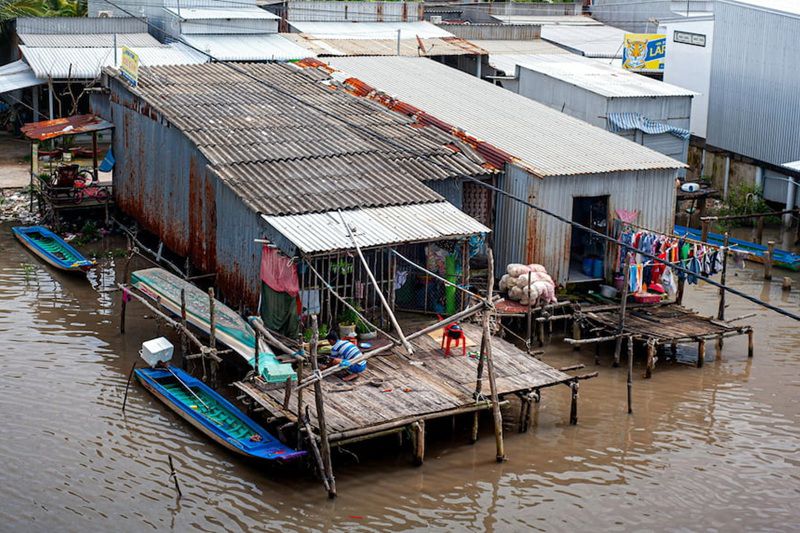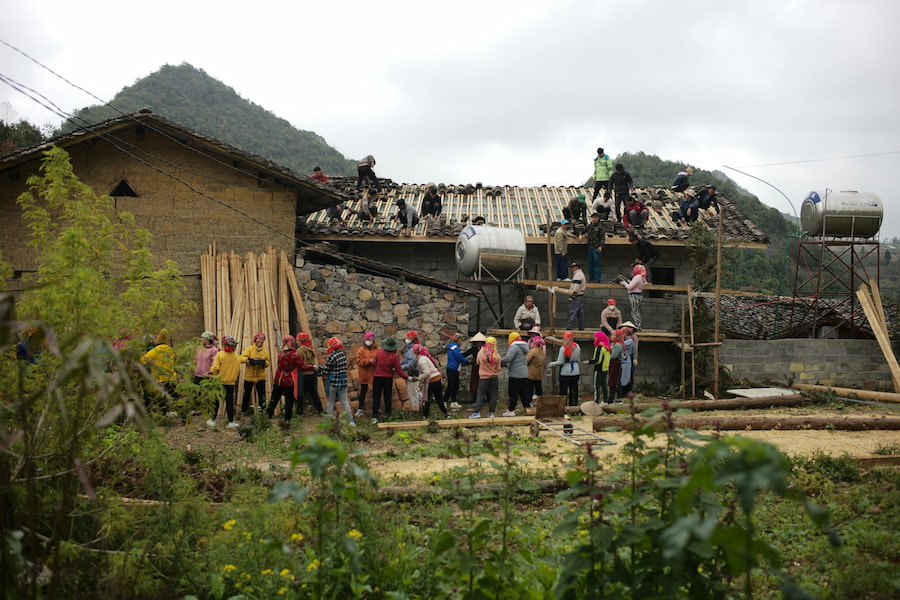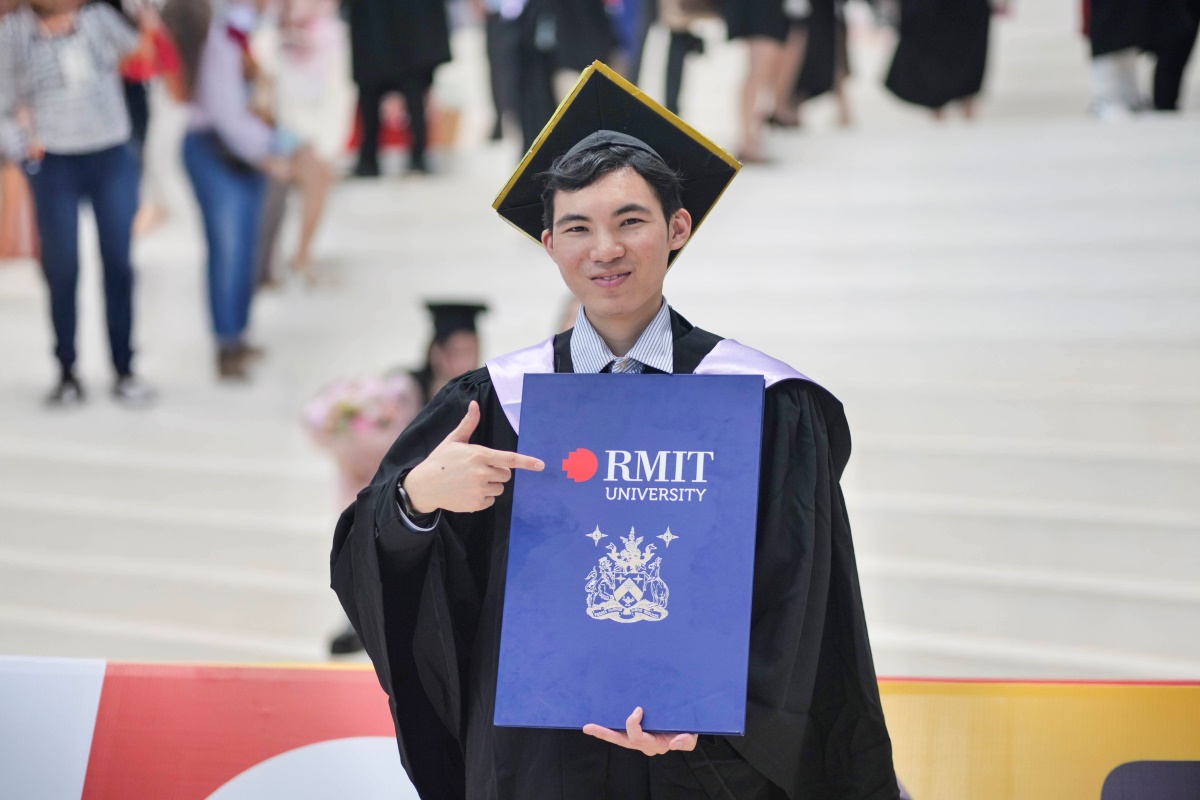This requires integrating lessons from global best practices, focusing on strategic planning, community engagement, and sustainable implementation.
Strategic planning for community development
A shared vision for community development is crucial. Efforts should go beyond housing renewal or relocation to improve the overall quality of life through health, education, and economic empowerment initiatives.
Resettlement in rural and mountainous areas should integrate livelihood enhancement programs, such as vocational training and microfinance, to boost productivity and income. Infrastructure investments in schools, healthcare, and transportation will ensure access to essential services, some of which can be funded through public-private partnerships.
To prioritise locations where replacement homes should be built, a resettlement index can be developed based on factors like vulnerability, housing conditions, and access to infrastructure to identify high-need locations such as flood-prone or socio-economically isolated regions.
For urban areas, Vietnam can draw on Singapore’s public housing model, which exemplifies comprehensive planning that ensures affordability and connectivity, while avoiding socio-economic isolation and environmental degradation. It can also take inspiration from the transformation of slums in Colombia’s second largest city Medellin, which highlights the importance of integrating public spaces, transit systems, and amenities.
Effective communication and stakeholder engagement
Communication and stakeholder engagement are essential for building trust and aligning solutions with community needs. A participatory planning approach, where residents have a say in housing design, relocation options, and amenities, can be beneficial. An example is Thailand’s Baan Mankong Program, where enabling communities to co-design housing solutions has improved satisfaction and sustainability.
Engaging local communities at every stage also ensures culturally appropriate solutions. Tailored housing designs that respect traditional practices and provide access to livelihood opportunities like agriculture or handicrafts can minimise disruptions and foster long-term stability.






